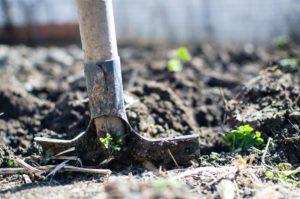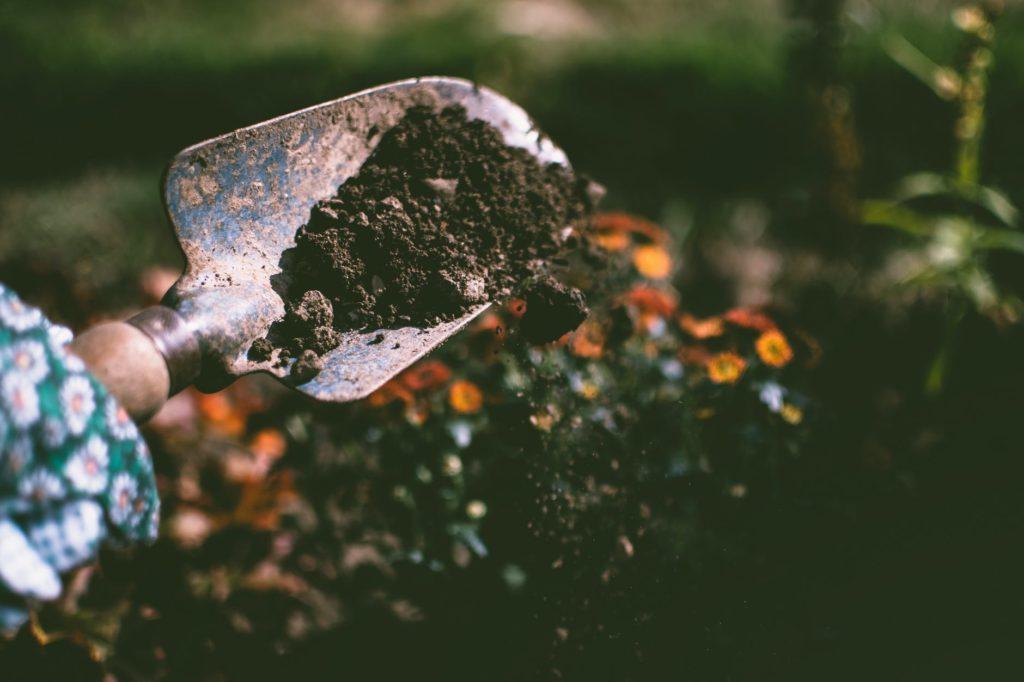Trees are an essential part of agriculture, and we’re not just talking about fruit trees: all types of deciduous and coniferous trees can protect topsoil, keeping crop yields high and the soil in good condition. When planted along streams and wetlands, they also prevent bank erosion and help keep the water stay clean.
Soil conservation is important for trees, too – here are four ways they are used and benefit in return!
Windbreaks And Buffers
Windbreaks are made by planting dense rows of trees around fields that can be blasted by wind erosion. Windbreaks and buffers reduce the speed of and exposure to the wind while modifying the microclimate of the field, reducing the evaporation of the soil. This reduces erosion and keeps the soil nice and moist!
microclimate of the field, reducing the evaporation of the soil. This reduces erosion and keeps the soil nice and moist!
While any tree may be enough, coniferous trees like evergreens can protect the soil year-round. But as long as some foliage is present, the bare soil surfaces will find protection!
Perimeter Runoff
For controlling, run-off, nothing is better than trees, shrubs and other forms of deeply-rooted ground cover. They reduce the negative impacts of surface water runoff at the perimeters of properties by catching and holding large amounts of precipitation using their leaves, branches and trunks.
What keeps the trees in the ground helps the most, and the large root systems of older trees prevent soil erosion by slowing the speed of runoff on the topsoil. They also help filter and store storm and meltwater in the ground!
Contour Mowing
Most property owners can’t change the larger terrain of their land, and plots that slope can see degraded and lost topsoil. If you’re farming or planting on sloping parts of your estate, till and plant along a contour to prevent healthy soil from running down and off your property. The rows and furrows in which you plant the crops impede rainwater, keeping it from washing soil off the hill. This keeps the dirt out of low-lying areas and strengthens it for future crops!
 Cover Crops
Cover Crops
Cover cropping is a way of building and maintaining the organic matter and nutrient content of the soil. Cover crops are planted to benefit the soil rather than for harvesting, managing erosion while improving the fertility and quality of the soil. They can keep weeds out while making a nice home for beneficial parts of the ecosystem. The ground cover also protects the surface from wind and water erosion while the roots below stabilize the soil particles.
The benefits don’t only apply to veggies and grains – cover crops help trees, too! Cover crops are often used to help saplings beat out invasive weeds, especially in orchards. When placed evenly around a garden, trees help by creating microclimates and giving plants a bit of shade. They also attract helpful animals for pollination and pest control!

